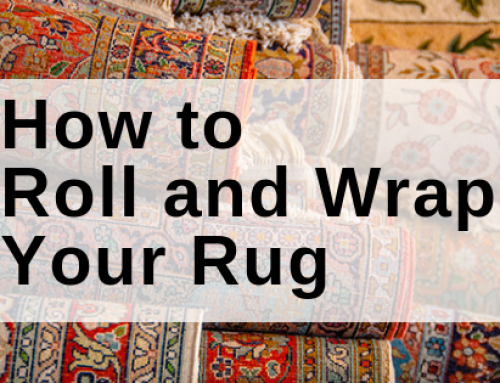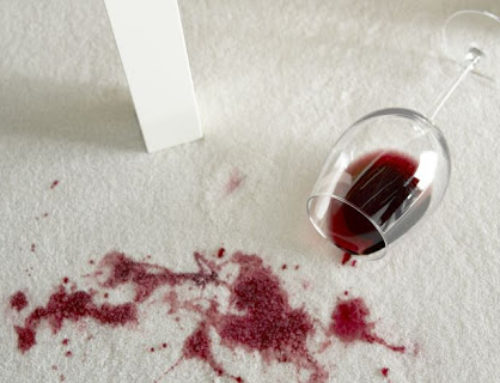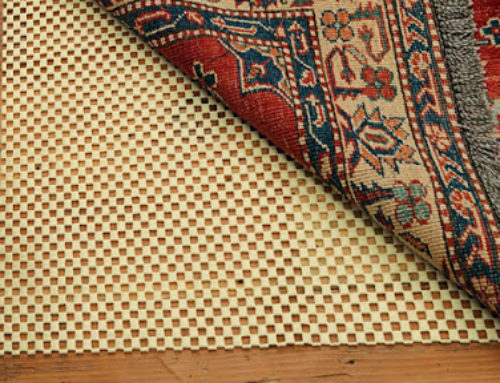There’s nothing more awful than strolling ground floor and venturing into a puddle where you expected a dry floor. Water damage to rugs is more common than you think and one that causes a ton of grief. Regardless of whether a cracked water radiator transforms into a spring or a latrine flood, water damage can cost you in more ways than one. There is no standard strategy for managing each flooding circumstance. Since each flooding circumstance will have its own particular distinguishing issues. On account of heavy flooding, regardless of whether it’s from a catastrophic event, broken appliance, burst pipe, or other water crisis, many individuals feel that there’s no way their rugs can ever be saved. To forestall and tidy up water damage, you can look for some helpful tools listed below. The essential inquiry that must be tended to is the sort of flooding that has happened, sanitary flooding (clean water), unsanitary flooding (dim water) and dark water.
Here’s some explanation about the three types of water damage that can happen because of flooding and how each affects rugs.
Sanitary Flooding (Clean Water)
Sanitary flooding is water that begins from a source that isn’t unsafe to people, similar to a busted overhead water pipe. This water is safe to deal with and you, as the homeowner, can get a hop on the cleanup efforts. On the off chance that the flood in your house is caused by a blasted pipe, malfunctioning appliance, tub or sink that has flooded, chances are it’s an after effect of what’s called clean water. Essentially, this kind of water can be dealt with and contains no contaminants or waste and is the safest to clean up.
Unsanitary Flooding (Grey Water)
Grey water will be water that may contain some tainting, particularly if ingested, yet it isn’t exceptionally safe overall. This can be flooded from your dishwasher or clothes washer or maybe a sump pump failure. Some flooding from outside may fall into this group, yet it is best to talk about it with a trained personnel who have any idea of the situation to understand the nature of the pollution. Flood from greywater accompanies a larger number of dangers than clean water, as it has altogether more potential to cause illness if it’s touched. Be that as it may, the danger of illness typically is absent since there’s no solid waste. Despite the fact that the rug pad that has been soaked with grey water must be tossed out for wellbeing reasons, the carpet itself can regularly be cleaned and treated.
Black Water
This is water that totally contains residue and natural waste or even crude sewage. Water spills from toilets, backed-up sewers and flood waters from waterways (rivers) or streams are altogether viewed as black water. This is the most perilous kind of water in flood damage. It’s unsanitary because it either has harmful microbes or solid waste. In the event that your house was flooded because of a catastrophic event, storm, or sewage backup, it likely black water; while some region rugs can be purified, cleaned, and thoroughly dried, rugs and padding should be swapped for keeping your family safe. All cleaning relating to this sort of flooding requires protective equipment to guarantee the wellbeing and security of those working in the area.
Techniques for drying Carpets after Flood
It’s quite unfortunate that there is no institutionalized methodology for managing this pesky circumstance but there are steps you can take to limit the damage. The key step obviously is to contact an expert restoration company that knows how to deal with this problem. Before we go that far, nonetheless, we need to take a look at some different steps, summarized below:
- Turn off the water supplier
- Shut off electricity or Gas Valves
- Avoid walking on the rugs
- Remove Furniture standing on the rug
- Remove surface dirt
- Water Extraction
- Post Extraction
Turn off the water supply ASAP
In the event that you’ve identified the appliance that is causing the flood or probably where the flood is coming in, the initial step is to promptly close off and control the source of the water. The exact opposite thing you need is for another hole to grow. Keep it off until the point that experts arrive and completely assess your home. In case you don’t know where the break is originating from, closed off water to the entire house.
If It Is Safe, Quickly Shut Off the Electricity Or The Gas Valves
If it is safe to do so, turn off power to the affected area and take away any electrical gadgets that you can. Power and water don’t blend, so please make a special effort to be mindful when performing this step. Shut off gas valves to home appliances, water valves and the power on the main fuse. Know that surges of power amid gas breaks can cause vicious ignitions. Unplug every single electrical item and store them far from the floodwaters. Some hardware can hold a charge when they have been unplugged, so always be safe.
Don’t Walk On The Rugs
All movement ought to be constrained until the point that the rug is completely dry. The explanation behind this is because the materials that keep carpet together wind up noticeably weak and along these lines inclined to permanent damage when wet. The heaviness of your body likewise drives dirt and water once more into the rug and can bring about additional damage. You likewise risk slipping and harming yourself.
Remove Any Furniture On The Rugs
Rapidly remove any furniture that may stain or harm the rug. On the off chance that a specific item is too heavy to lift, endeavor to put aluminum foil under its legs. This will, in any event, diminish the probability of damaging the rug.
Remove Any Surface Dirt
After evacuating the furniture, likewise, remove all noticeable dirt on the surface of the rug. This depends entirely on if the sort of surge is a clean one where there is no dark or grey water noticeable on the rug.
Begin Water Extraction
Extraction of water should start promptly and the rug ought to be totally dry inside 12 hours following the intervention. Removing water can be done with a water extraction vacuum. Experts normally require a few hours to get to your home so there is quite a lot you can do meanwhile to get the process rolling.
Post Extraction
Immediately after extracting the water, the rug ought to be removed from the tack strip and the carpet padding should be removed. Rug ought to be hoisted and fans ought to be used to speed drying time. If latrine flood and the water seeps into your rug, at that point, it might just be smarter to simply change it! In any case, an official conclusion ought to be deferred until the point when you talk with an expert.
Drying is by a wide margin the hardest piece of post-flood restoration. Be that as it may, the irony is that the rug could then get wet once more. Preferably, you ought to have your rugs professionally shampooed after you dry it. It is very possible to tidy up after a flood without any expert assistance; it obviously relies upon the degree of the damage. We recommend reaching out to an expert and getting a free inspection in any case. Regardless of whether you don’t settle for restoration service, in any event, you’ll get a full and precise appraisal of your situation.
Should you feel you need a new rug nonetheless, Rugman has the best collection of all modern rugs online. Our rugs are the best at the price we offer, you can hardly get the price we offer anywhere. There’s that perfect rug for your home, office or living space, all you have to do is go through our vast collection of rugs and you’ll definitely find one for you, and be rest assured it’ll be delivered to you on time and without stress, because at Rugman, we’ve got you covered.



